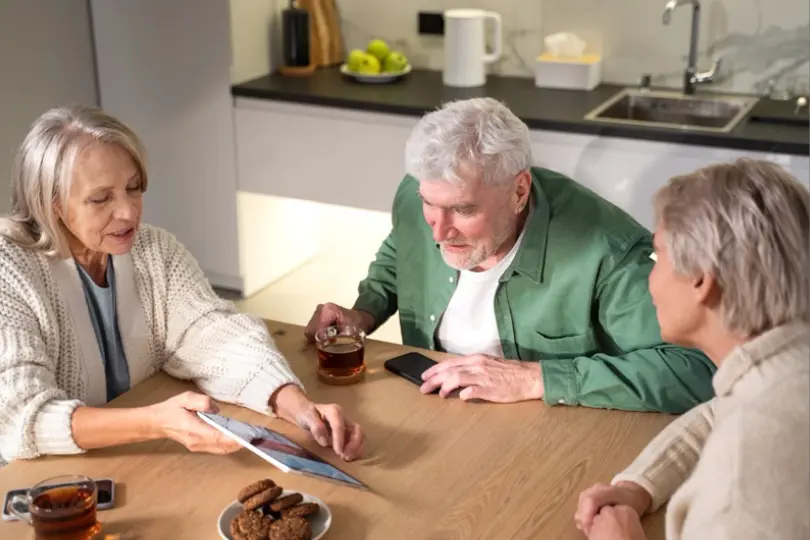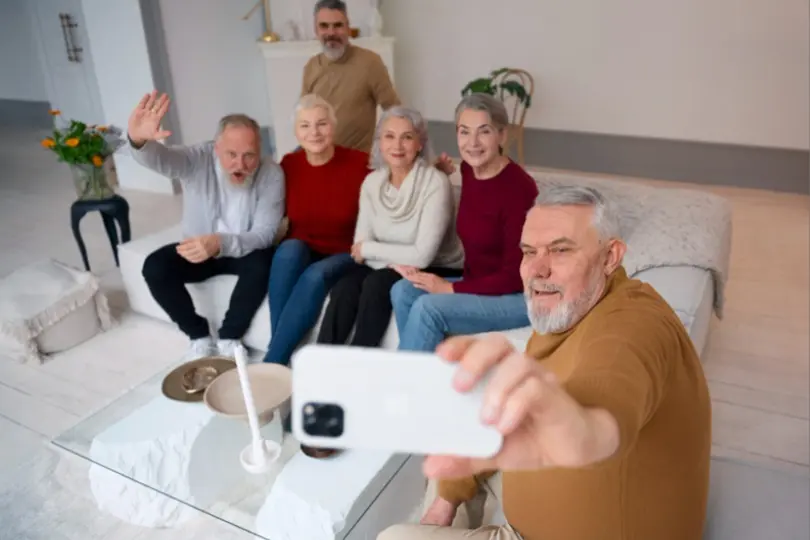
Growing older brings unique challenges that affect quality of life in different ways. While everyone ages differently, many seniors find themselves navigating changes in their physical abilities, cognitive functions, social interactions, and daily tasks. It’s fascinating how these changes can vary so dramatically from person to person. Healthcare experts have found that while we can’t stop time, we can certainly influence how aging affects us through lifestyle choices and proper support. This understanding has revolutionized how we approach caring for our aging population, focusing on prevention and maintenance rather than just managing decline.
The Role of Structured Activities in Mental Stimulation
Modern senior communities have discovered incredible ways to keep minds sharp and engaged through carefully designed programs. Think brain teasers, fascinating educational sessions, lively group discussions, and creative projects that truly engage residents. What’s particularly exciting is how these activities can be tailored to match different interests and abilities, ensuring everyone can join in and benefit. The results speak for themselves, with research showing that seniors who regularly participate in these mental workout sessions tend to stay sharper and more alert than those who don’t engage in such activities.
Physical Wellness Programs and Mobility Maintenance
When families explore options for their loved ones’ care, many discover that senior living in Georgia and other areas offers exceptional physical wellness programs designed to help residents stay active and independent. These communities understand that movement matters at any age, offering everything from gentle chair yoga to invigorating water exercises. Specialized fitness instructors create safe, effective workout routines that help residents maintain their strength, balance, and flexibility. These programs aren’t just about exercise; they’re about helping seniors continue doing the things they love independently for as long as possible.
Social Engagement and Community Connection

The power of social connection in slowing age-related decline simply can’t be overstated. Today’s senior communities create vibrant social environments filled with opportunities to make friends and share experiences. From book clubs and hobby groups to community celebrations and family events, these programs help prevent the isolation that often accelerates decline in older adults. Regular social interaction keeps spirits high and minds engaged, while shared activities create natural opportunities for meaningful connections.
Nutritional Support and Dietary Programs
Good nutrition becomes increasingly important as we age, and quality senior living programs take this seriously. Professional dietitians collaborate with talented culinary teams to create delicious, nutritious meals that cater to various dietary needs and preferences. Beyond just serving healthy food, these programs often include interactive cooking demonstrations, nutrition workshops, and personalized meal planning. This comprehensive approach helps residents understand and enjoy the benefits of proper nutrition while accommodating specific health requirements.
Professional Health Monitoring and Support
Keeping a watchful eye on health changes can make all the difference in maintaining wellness. Senior living communities excel at providing consistent health monitoring through trained staff who know what to look for and when to act. They build strong relationships with healthcare providers and maintain open communication channels, ensuring coordinated care approaches that catch potential issues early. This proactive approach to health management helps residents stay healthier for longer.
Creating Purposeful Daily Routines
Structure and purpose play vital roles in maintaining cognitive and physical health. Senior living programs excel at creating meaningful daily schedules that keep residents engaged and active. From energizing morning exercise classes to afternoon art sessions and evening social gatherings, these routines provide a comfortable rhythm to each day. This predictable yet flexible structure helps residents maintain their independence while ensuring they receive appropriate support and stimulation throughout their daily activities.
Conclusion
The impact of well-designed senior living programs on slowing age-related decline continues to impress healthcare professionals and families alike. These comprehensive programs create environments where seniors can thrive by addressing physical, mental, and social well-being through thoughtfully planned activities and support systems. As our understanding of healthy aging grows, these programs keep evolving to better serve their residents’ needs. The future looks bright for seniors who can access these valuable resources and support systems designed to help them maintain their independence and quality of life.
Photo Credit:
Photo 1, Credit to Freepik || Photo 2, Credit to Freepik (CC0 1.0)




